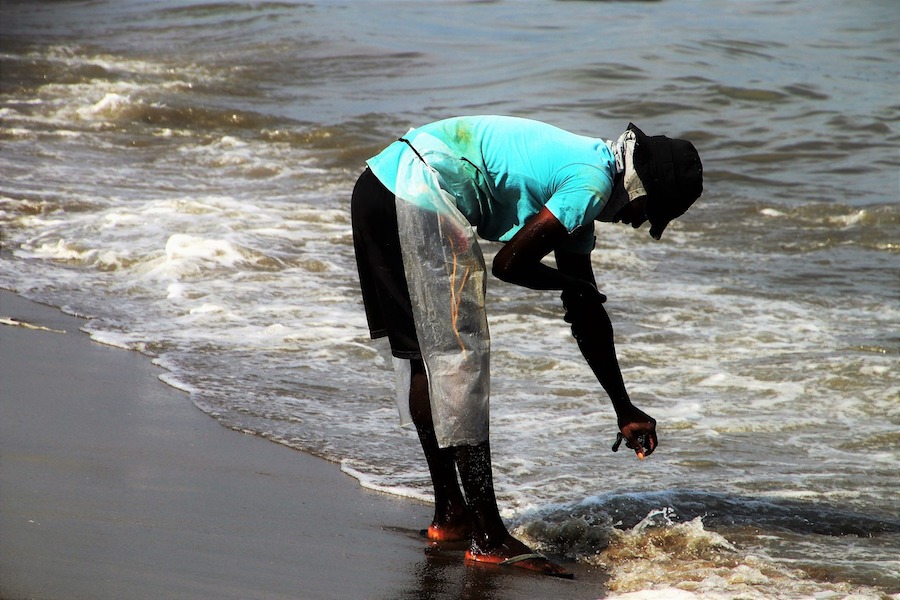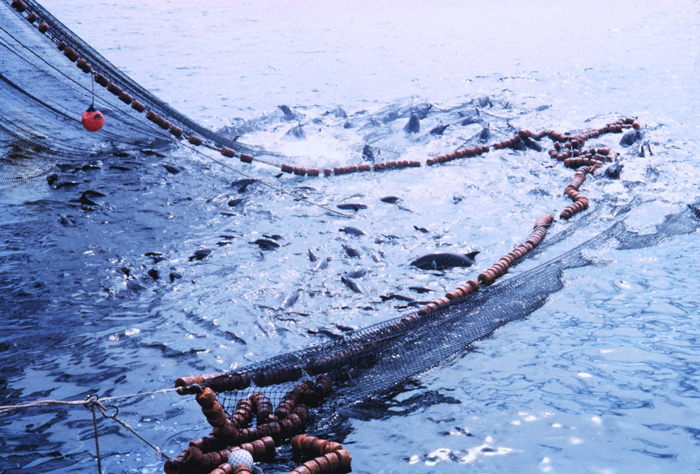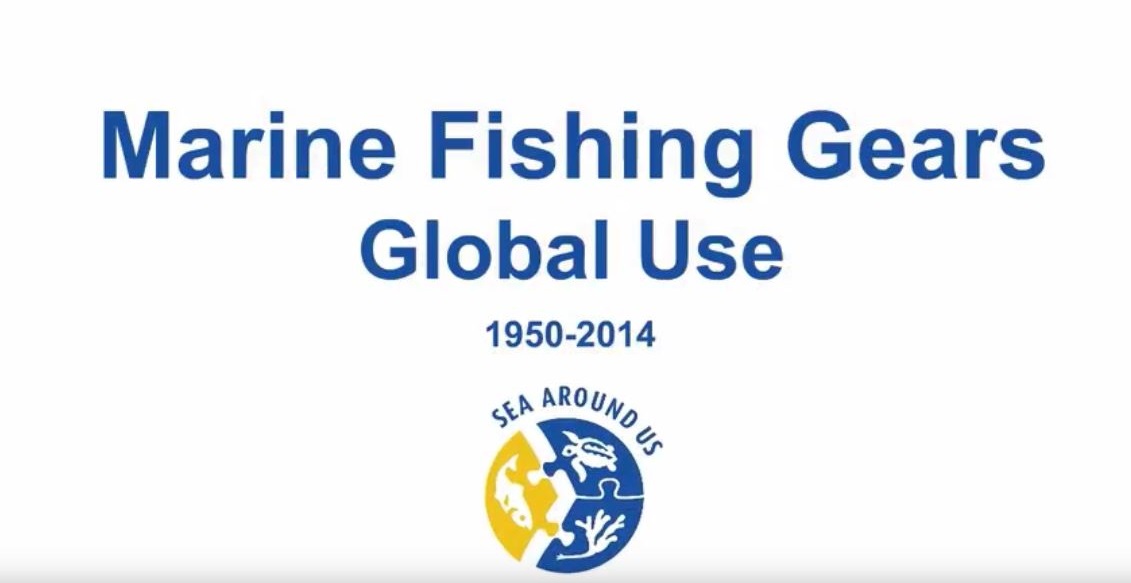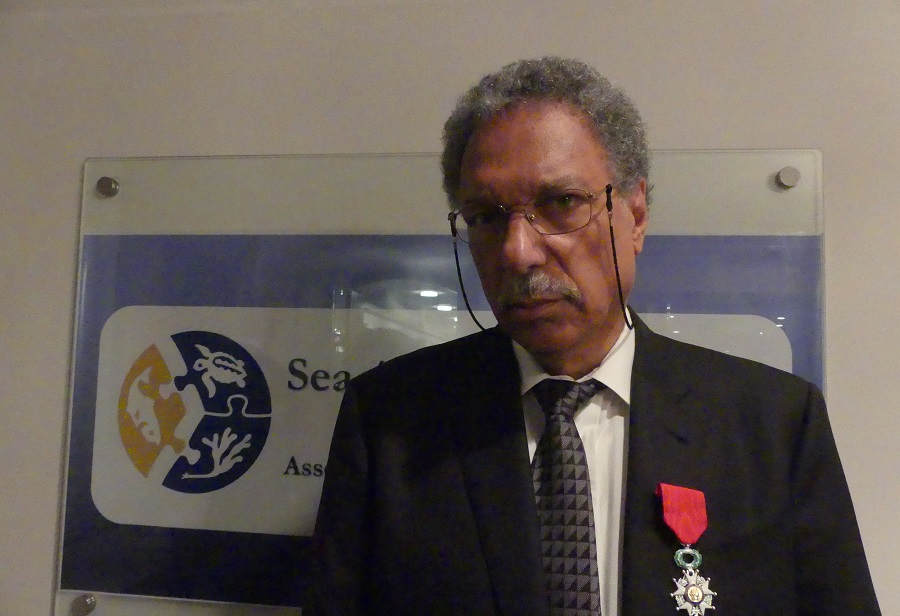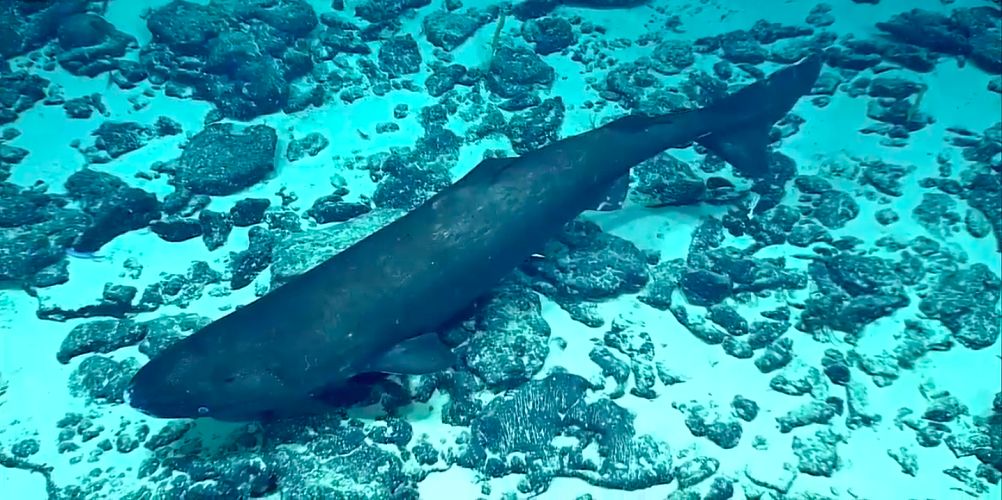The Sea Around Us – Indian Ocean under the lead of Professor Dirk Zeller at the University of Western Australia is looking for outstanding PhD candidates interested in conducting ‘big-data’ and meta-analysis research on fisheries and fisheries conservation issues at the ocean-basin scale. If this is of interest to you, then consider applying for a PhD Scholarship at the University of Western Australia (UWA) in Perth. The mid-year 2018 round for domestic (Australian) candidates opens from 1 June 2018 until 13 July 2018, while the international candidates only round 1 for 2019 opens from 2 July 2018 until 31 August 2018. Please only apply after consultation with Professor Zeller.
Tag: overfishing
Half of all high seas fishing grounds would be unprofitable without current subsidies
As much as 54 per cent of the high seas fishing industry would be unprofitable at its current scale without large government subsidies, according to a new study by researchers from the National Geographic Society; the University of California, Santa Barbara; Global Fishing Watch; and the Sea Around Us project at the University of British Columbia and the University of Western Australia.
The research, published today in the open-access journal Science Advances, found that the global cost of fishing in the high seas ranged between $6.2 billion and $8 billion in 2014. Profits from this activity range between a loss of $364 million and a profit of $1.4 billion.
437 million tonnes of fish, $560 billion wasted due to destructive fishing operations
Industrial fisheries that rely on bottom trawling to catch fish threw 437 million tonnes of fish and $560 billion overboard over the past 65 years, finds new research.
The study documents the growth in bottom trawling, a practice that results in nets full of unwanted or unneeded fish that fishers dump overboard.
Daniel Pauly talks climate change and fisheries in Peru
The Sea Around Us Principal Investigator, Daniel Pauly, is in Peru attending a series of meetings this week and is scheduled to offer a couple of public talks to discuss his most recent research on climate change and global marine fisheries.
The first event will take place on Thursday, April 19th at the Universidad Nacional Agraria La Molina, where he will talk about the impact of fisheries and global warming on marine ecosystems.
Bottom trawling causes deep-sea fish populations collapse
Bottom trawling is causing “boom and bust” fisheries.
A new study using the Sea Around Us’ reconstructed catch data reveals that in the past 60+ years, the practice of towing giant fishing nets along the sea floor has caused the extraction of 25 million tonnes of fish that live 400 metres or more below sea level leading to the collapse of many of those fish populations.


